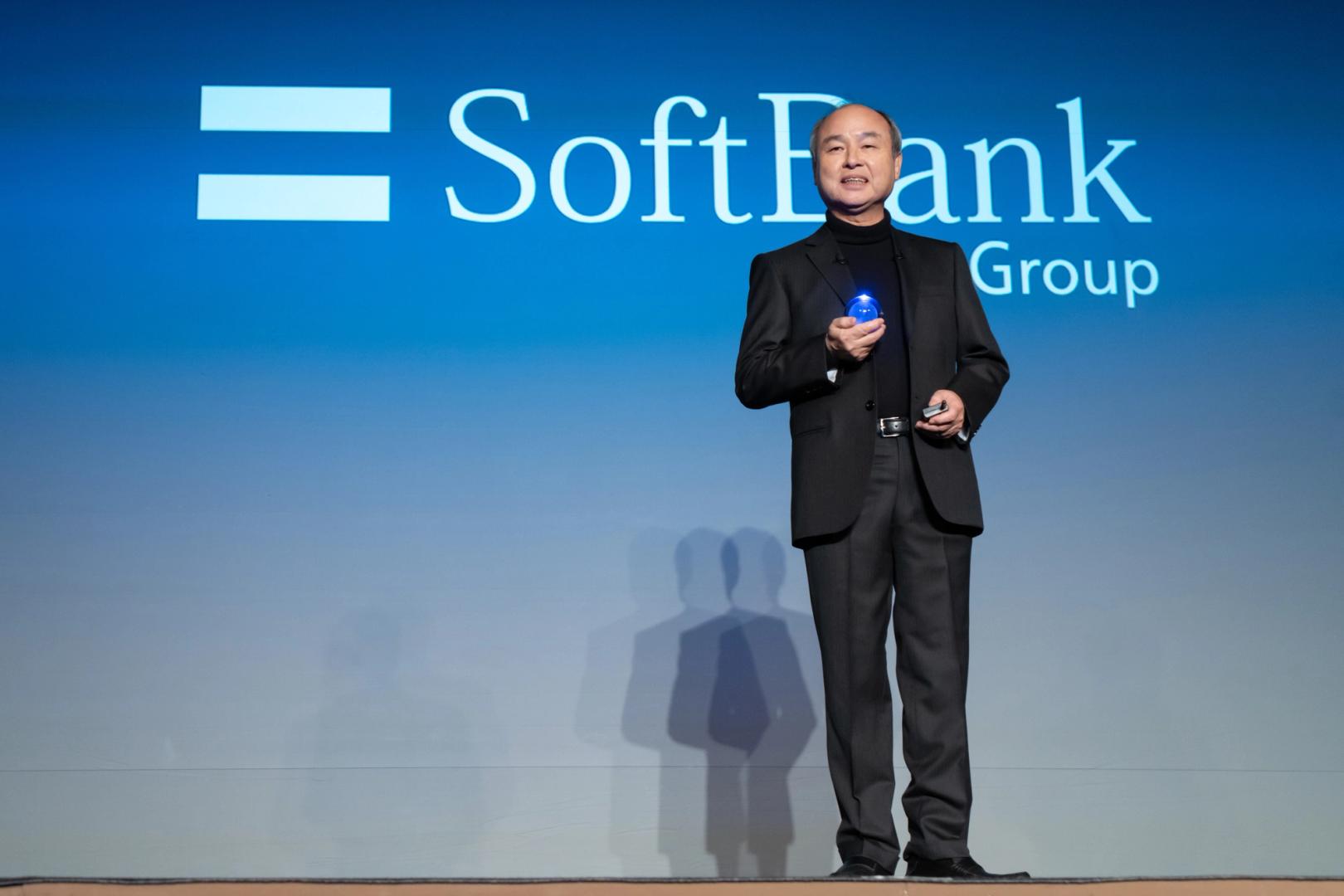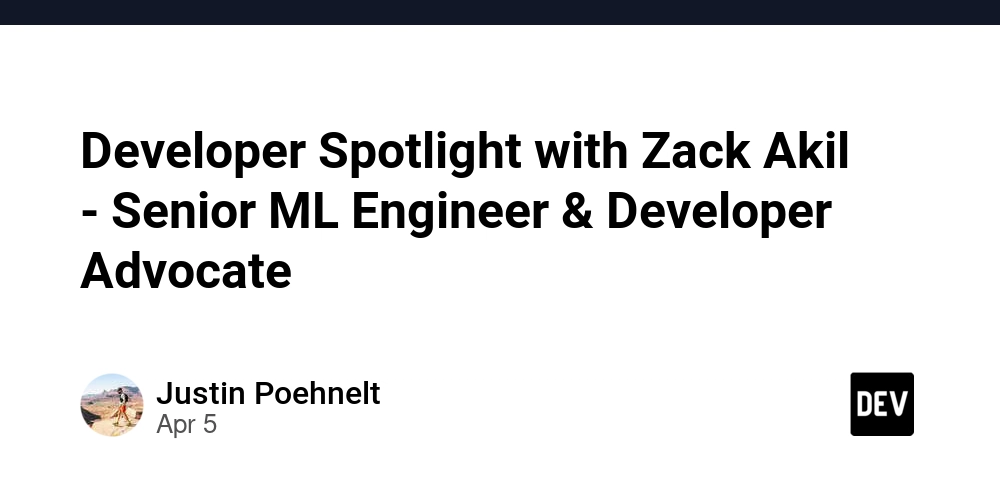Embracing the Power of Community-Driven Projects
Abstract Community-driven projects are revolutionizing technology and creative industries by harnessing the collective expertise and passion of diverse individuals. In this post, we dive into the evolution, core principles, use cases, challenges, and future trends around these projects. We discuss how innovation driven by open-source development, rapid iteration, transparent funding, and effective governance is enabling sustainable growth. We also explore real-world examples like Linux and Wikipedia and include actionable insights and resources—from open-source development funding to effective community engagement strategies—that empower a more inclusive, innovative future. Introduction Community-driven projects have emerged as a game changer in software development, digital innovation, and creative industries. By shifting power from centralized entities to vibrant, decentralized communities, these projects democratize innovation. Today, fast-paced technological growth, ethical funding models such as crowdsourced funding and rapid iteration models are becoming the norm. Projects like Linux and Wikipedia illustrate how tapping into a diverse community can make infrastructural and cultural transformations possible. This post aims to: Define community-driven projects and discuss their relevance. Provide historical context and ecosystem background. Delve into core concepts and features such as diversity, rapid iteration, and sustainable funding. Explore practical use cases. Analyze challenges and limitations. Offer insights into future trends and innovations. We also incorporate additional sources from the open-source community and related technical experts from reputable platforms like Dev.to to illustrate these concepts. Background and Context History and Evolution Community-driven projects, particularly in the open-source realm, have evolved over decades. Early initiatives laid the foundation by embracing transparency and broad accessibility. Today, projects benefit from: Decentralization: Unlike traditional models, community-driven approaches allow anyone with the expertise and passion to contribute, leading to more robust and innovative solutions. Collective Wisdom: Great diversity of thought and collaborative problem-solving have led projects like Linux and Wikipedia to become pillars of modern digital infrastructure. Definitions and Ecosystem Community-driven projects are defined as initiatives where a network of contributors drives development rather than a single entity. Key aspects include: Open-source licensing: Allowing code, designs, and creative works to be shared and improved by the community. Transparent Funding: Ethical funding models and open-source sponsorship have been central. Effective Governance: Clear policies and guidelines ensure inclusiveness and effective decision-making. The ecosystem is supported by tools and platforms that enable rapid iteration and data transparency. For instance, best practices in software development craft ensure that even complex projects remain accessible for community contributions. Core Concepts and Features Community-driven projects thrive on a solid foundation of principles that distinguish them from traditional models. Below we detail the core concepts and features: 1. Diversity and Innovation Community-driven models foster an environment where diversity of thought is paramount. Benefits include: Enhanced Creativity: A variety of perspectives spurs more innovative solutions. Robust Problem Solving: Differing expertise, including software development, design, and management, leads to resilient and adaptable solutions. Inclusion of Minority Voices: Emphasizing equal opportunities for contribution leads to richer, more comprehensive projects. 2. Rapid Iteration and Adaptability The open, collaborative nature enables: Quick Feedback Loops: Community testing and reviews help detect issues and pivot quickly. Agility in Implementation: With shared responsibility, changes can be implemented swiftly, as evidenced by successful models like crowdsourced funding for open-source software. Risk Management: Incorporating risk management strategies ensures that the community can adapt without sacrificing quality. 3. Funding and Sustainability Sustainable funding is key for long-term success: Ethical Funding Methods: Initiatives such as sustainable funding for open-source projects ensure that projects meet both economic and ethical standards. Financial Support Systems: Models like open-source financial support and innovative funding for open-source projects help maintain the momentum. Volunteer Motivation: Recognizing the contribution of unpaid volunteer work is crucial. Platforms like GitHub Sponsors blend community ethos with financial viability. 4. Governance and Community Engagement Effective governance is the backbon

Abstract
Community-driven projects are revolutionizing technology and creative industries by harnessing the collective expertise and passion of diverse individuals. In this post, we dive into the evolution, core principles, use cases, challenges, and future trends around these projects. We discuss how innovation driven by open-source development, rapid iteration, transparent funding, and effective governance is enabling sustainable growth. We also explore real-world examples like Linux and Wikipedia and include actionable insights and resources—from open-source development funding to effective community engagement strategies—that empower a more inclusive, innovative future.
Introduction
Community-driven projects have emerged as a game changer in software development, digital innovation, and creative industries. By shifting power from centralized entities to vibrant, decentralized communities, these projects democratize innovation. Today, fast-paced technological growth, ethical funding models such as crowdsourced funding and rapid iteration models are becoming the norm. Projects like Linux and Wikipedia illustrate how tapping into a diverse community can make infrastructural and cultural transformations possible.
This post aims to:
- Define community-driven projects and discuss their relevance.
- Provide historical context and ecosystem background.
- Delve into core concepts and features such as diversity, rapid iteration, and sustainable funding.
- Explore practical use cases.
- Analyze challenges and limitations.
- Offer insights into future trends and innovations.
We also incorporate additional sources from the open-source community and related technical experts from reputable platforms like Dev.to to illustrate these concepts.
Background and Context
History and Evolution
Community-driven projects, particularly in the open-source realm, have evolved over decades. Early initiatives laid the foundation by embracing transparency and broad accessibility. Today, projects benefit from:
- Decentralization: Unlike traditional models, community-driven approaches allow anyone with the expertise and passion to contribute, leading to more robust and innovative solutions.
- Collective Wisdom: Great diversity of thought and collaborative problem-solving have led projects like Linux and Wikipedia to become pillars of modern digital infrastructure.
Definitions and Ecosystem
Community-driven projects are defined as initiatives where a network of contributors drives development rather than a single entity. Key aspects include:
- Open-source licensing: Allowing code, designs, and creative works to be shared and improved by the community.
- Transparent Funding: Ethical funding models and open-source sponsorship have been central.
- Effective Governance: Clear policies and guidelines ensure inclusiveness and effective decision-making.
The ecosystem is supported by tools and platforms that enable rapid iteration and data transparency. For instance, best practices in software development craft ensure that even complex projects remain accessible for community contributions.
Core Concepts and Features
Community-driven projects thrive on a solid foundation of principles that distinguish them from traditional models. Below we detail the core concepts and features:
1. Diversity and Innovation
Community-driven models foster an environment where diversity of thought is paramount. Benefits include:
- Enhanced Creativity: A variety of perspectives spurs more innovative solutions.
- Robust Problem Solving: Differing expertise, including software development, design, and management, leads to resilient and adaptable solutions.
- Inclusion of Minority Voices: Emphasizing equal opportunities for contribution leads to richer, more comprehensive projects.
2. Rapid Iteration and Adaptability
The open, collaborative nature enables:
- Quick Feedback Loops: Community testing and reviews help detect issues and pivot quickly.
- Agility in Implementation: With shared responsibility, changes can be implemented swiftly, as evidenced by successful models like crowdsourced funding for open-source software.
- Risk Management: Incorporating risk management strategies ensures that the community can adapt without sacrificing quality.
3. Funding and Sustainability
Sustainable funding is key for long-term success:
- Ethical Funding Methods: Initiatives such as sustainable funding for open-source projects ensure that projects meet both economic and ethical standards.
- Financial Support Systems: Models like open-source financial support and innovative funding for open-source projects help maintain the momentum.
- Volunteer Motivation: Recognizing the contribution of unpaid volunteer work is crucial. Platforms like GitHub Sponsors blend community ethos with financial viability.
4. Governance and Community Engagement
Effective governance is the backbone of community-driven projects:
- Clear Guidelines: Well-documented processes make onboarding new contributors straightforward.
- Inclusive Culture: By valuing diverse inputs and contributions, projects avoid centralization of power.
- Dual Communication Channels: Open channels via discussion forums, chat groups, and regular updates maintain transparency.
Table: Key Elements of Community-Driven Projects
| Core Element | Key Feature | Example Project |
|---|---|---|
| Diversity & Innovation | Wide range of contributors generate innovative solutions | Linux, Wikipedia |
| Rapid Iteration | Fast feedback loops and adaptability for continuous improvement | Open-source software |
| Ethical Funding | Transparent, community-supported funding models | Crowdsourced funding |
| Robust Governance | Clear guidelines and inclusive decision-making processes | Wikipedia, Open Data Initiatives |
| Community Engagement | Inclusive culture with clear documentation and continuous dialogue | GitHub, Open-source communities |
Applications and Use Cases
Community-driven setups have evolved beyond software development. Below we detail two to three practical applications:
Use Case 1: Open-Source Software Development
Linux:
Linux is the quintessential example of a community-driven project. It leverages contributions from individuals worldwide, ensuring rapid updates and innovation. The project is supported by diverse funding models, including open-source project funding trends.
Wikipedia:
As a community-editable online encyclopedia, Wikipedia harnesses the collaborative power of diverse contributors. This project demonstrates how transparency and shared governance can create reliable, up-to-date knowledge repositories.
Use Case 2: Open Data and City Planning
Many cities now use open data initiatives driven by community participation to improve urban planning and resource allocation. These initiatives highlight:
- Collaborative Problem Solving: Community input brings new perspectives and local knowledge.
- Sustainable Funding Models: They often rely on platforms demonstrating sustainable funding open-source practices.
Use Case 3: Decentralized and Blockchain-powered Projects
Blockchain-based projects use community-driven approaches to ensure transparency and decentralization. For example:
- Decentralized Governance Projects: Some blockchain platforms integrate ethical funding methods to enable community participation and feedback.
- NFT Platforms: Community-driven NFT marketplaces not only encourage creative contributions but also support transparent and secure funding models.
Challenges and Limitations
Despite their many strengths, community-driven projects face several technical and adoption challenges:
Technical Challenges
- Integration Complexity: Merging contributions from multiple sources demands robust version control and conflict resolution strategies.
- Security Concerns: Open-source projects must continually address vulnerabilities. Effective risk management strategies and continuous auditing are critical.
Adoption Challenges
- Volunteer Burnout: Relying on unpaid volunteer work can lead to burnout. Projects must design incentive structures that include skill-building, networking, and sometimes modest financial compensation.
- Governance Bottlenecks: Although democratic, decision-making in a diverse community can sometimes slow processes down when consensus is hard to achieve.
- Funding Instability: While ethical funding models are on the rise, maintaining a steady stream of financial support remains a challenge for many initiatives.
Mitigation Strategies
To overcome these challenges, several strategies are recommended:
- Automated Testing & Continuous Integration: Ensures that contributions are compatible and secure.
- Clear Contribution Guidelines: Documentation and onboarding procedures that reduce friction.
- Financial Innovation: Models like open-source sponsorship and crowdsourced funding provide potential solutions.
Future Outlook and Innovations
Looking ahead, the influence of community-driven projects is poised to grow further, fueled by technological innovation and evolving funding methods. Predicted trends include:
Enhanced Decentralization
- Blockchain Integration: As blockchain technology matures, projects will increasingly employ decentralized governance and financial models like tokens, ensuring secure and transparent funding and decision-making.
- Interoperability: Projects are expected to bridge between different blockchain solutions. For example, interoperability projects such as Arbitrum and Ethereum interoperability serve as blueprints.
Increased Funding Innovation
- Tokenization of Contribution: As platforms explore NFT-based funding models, contributors might receive tokens that represent both recognition and a stake in the project's long-term success.
- Hybrid Funding Models: Combining ethical funding methods with traditional sponsorship will provide financial stability while maintaining community ethos.
Growth in AI and Automation
- Automated Contribution Acceptance: Artificial intelligence may soon help triage contributions and enforce coding standards, easing managerial burdens.
- Data-Driven Decision Making: AI can analyze community trends and project metrics to inform better governance and improve project sustainability. For further insights on AI integration and monetization strategies, check out the detailed discussion on unlocking the power of AI training data monetization.
Expansion Across Industries
Community-driven strategies are expanding beyond tech and creative fields:
- Educational Initiatives: Open-source educational platforms empower instructors and students to share resources and innovation.
- Government and Nonprofit Collaboration: Increased use of open data in public policy and community services is already reshaping city planning and public engagement.
Bullet List: Key Benefits and Practices
- Inclusivity: Promotes diverse perspectives and democratizes innovation.
- Agility: Rapid iteration supported by continuous community feedback.
- Sustainability: Ethical and innovative funding methods secure long-term project viability.
- Transparency: Open communication and governance create trust within the community.
- Collaboration: Encourages cross-disciplinary contributions with broad participation.
Integration with Open-Source and Blockchain Funding
Community-driven projects have found a natural ally in blockchain and decentralized finance. For instance, open-source development funding models are evolving to include elements such as token-based incentives. Such collaborations not only ensure financial sustainability but also expand the conceptual framework of open-source innovation.
Other examples include:
- Decentralized Governance Initiatives: Similar to projects like Arbitrum and open-source licensing, where community votes shape project decisions.
- Ethical Crowdfunding: Platforms are leveraging ethical funding methods to ensure full transparency in fund allocation, thereby increasing accountability and community trust.
For further context on innovative funding for open-source projects, consider the insights shared in this Dev.to guide on open-source project sponsorship.
Engaging the Community: Practical Steps
To harness the full potential of community-driven projects, concrete steps for fostering engagement include:
- Establish Clear Documentation: Develop user guides, contribution protocols, and FAQs to streamline onboarding.
- Adopt Robust Version Control: Utilize platforms like GitHub with extensive contribution management tools.
- Implement Regular Feedback Cycles: Organize periodic hackathons, community meetings, and virtual town halls.
- Recognize and Reward Contributors: Skill-building workshops, mentorship programs, and public recognition initiatives can improve volunteer retention and project continuity.
Additionally, insights from Navigating the Landscape of Software Licensing on Dev.to further emphasize the need for clear policies and continuous engagement.
Summary
Community-driven projects embody a transformative approach to innovation and sustainability across technology, creative industries, and beyond. By leveraging diversity, rapid iteration, and innovative funding models, these projects are not only solving technical challenges but also democratizing ownership and decision-making.
Key aspects include:
- Diversity and innovation, which provide diverse perspectives and robust solutions.
- Rapid iteration and adaptability enable quick feedback responses and continuous improvement.
- Sustainable funding and ethical engagement, ensuring projects remain financially viable while staying true to community values.
- Effective governance and clear communication keep the community engaged and projects transparent.
As we look to the future, the integration of blockchain technology, AI-powered decision making, and token-based funding will likely further elevate these projects. The growing collaboration between traditional open-source models and innovative decentralized practices promises a vibrant future where everyone has the opportunity to contribute and benefit.
Community-driven projects are not just about technology—they represent a visionary shift toward inclusive and ethical innovation. Embracing these approaches can help create a resilient, transparent, and democratic future in which collective creativity drives progress.
For more insights on funding, technology, and open-source innovation, check out resources like the Linux Foundation and Wikipedia. Also, learn from industry experts on Navigating open-source project sponsorship and about tokenizing open-source contributions.
By embracing the power of community-driven projects, we step towards a future where shared success, ethical funding, and civic participation shape the next era of digital innovation.
Embrace collaboration, learn continuously, and join the movement that is reshaping the world—one community contribution at a time.










































































































































































![[The AI Show Episode 144]: ChatGPT’s New Memory, Shopify CEO’s Leaked “AI First” Memo, Google Cloud Next Releases, o3 and o4-mini Coming Soon & Llama 4’s Rocky Launch](https://www.marketingaiinstitute.com/hubfs/ep%20144%20cover.png)



















































































































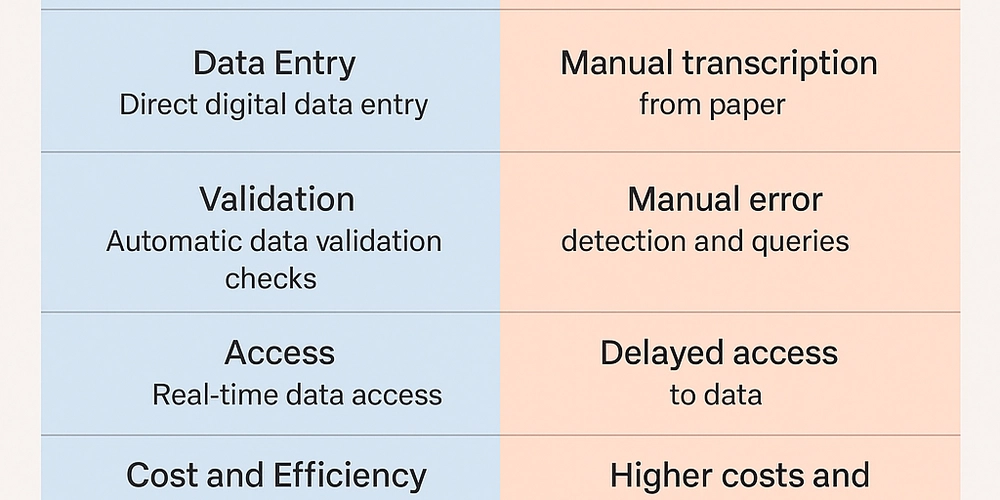
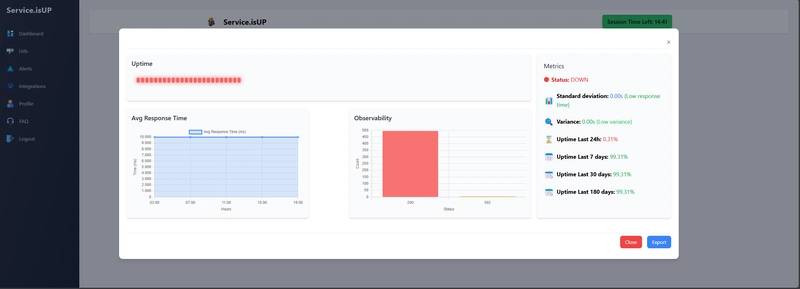













![[DEALS] Sterling Stock Picker: Lifetime Subscription (85% off) & Other Deals Up To 98% Off – Offers End Soon!](https://www.javacodegeeks.com/wp-content/uploads/2012/12/jcg-logo.jpg)
















































.jpg?#)






























































































_NicoElNino_Alamy.png?width=1280&auto=webp&quality=80&disable=upscale#)

























































































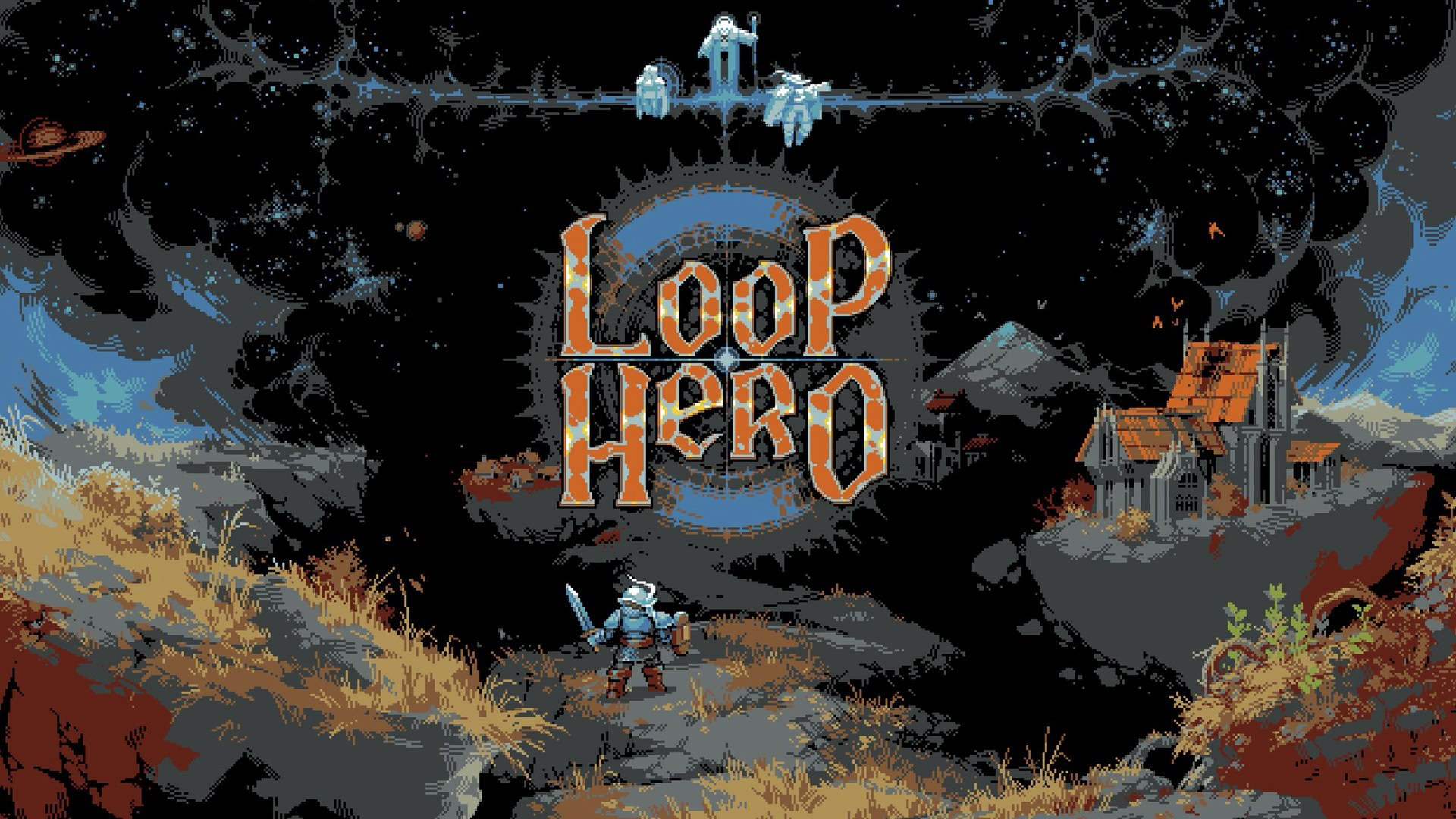



















![Apple Shares New Ad for iPhone 16: 'Trust Issues' [Video]](https://www.iclarified.com/images/news/97125/97125/97125-640.jpg)

![At Least Three iPhone 17 Models to Feature 12GB RAM [Kuo]](https://www.iclarified.com/images/news/97122/97122/97122-640.jpg)
































































































































